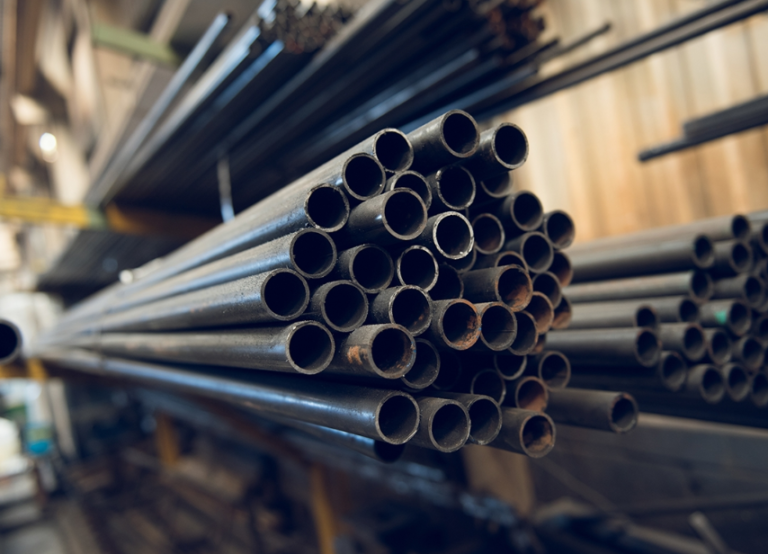How Do ESD Ionizers Neutralize Charge

In the intricate world of electronics manufacturing, from the delicate silicon wafers of microchips to the assembled circuit boards in our phones and computers, static electricity is a silent and invisible enemy. The phenomenon of electrostatic discharge, or ESD, represents a sudden flow of electricity between two charged objects. This event, though often imperceptible to a human, can deliver a devastatingly high voltage that instantly destroys or latently damages sensitive electronic components. The financial losses from such damage run into billions of dollars annually. To combat this threat, a key weapon in the ESD control arsenal is the ionizer. But how exactly does this device perform its crucial task of neutralizing static charge? The answer lies in the fundamental principles of physics and the clever manipulation of air molecules.
To understand neutralization, one must first understand the nature of static charge. Matter is composed of atoms, which in turn are made of protons (positive charge), neutrons (no charge), and electrons (negative charge). An object becomes charged when it has an imbalance of electrons. If it loses electrons, it becomes positively charged; if it gains electrons, it becomes negatively charged. Opposite charges attract, and like charges repel. A neutral object has an equal number of protons and electrons. The goal of an ionizer, therefore, is to correct this imbalance on a charged surface by supplying the appropriate charge to bring it back to neutrality.
This is achieved through the process of ionization. An ESD ionizer works by creating a vast quantity of both positive and negative ions in the surrounding air. Ions are simply atoms or molecules that have lost or gained an electron, thus becoming charged themselves. The ionizer uses a high voltage source to energize its emitter points, often very sharp needles or fine wires. At the tip of these points, the electric field becomes so intensely concentrated that it rips electrons away from the molecules of the gases that make up our air—primarily nitrogen and oxygen.
This violent process, known as corona discharge, effectively shatters the neutral air molecules, creating a cloud of free electrons and positively charged molecules (which are missing an electron). The free electrons quickly attach themselves to other neutral air molecules, turning them into negative ions. Simultaneously, the molecules that lost electrons become positive ions. Thus, the ionizer floods the environment with a balanced mix of both positive and negative ions.
Now, imagine a ESD sensitive device sitting on a workbench that has acquired a positive charge, perhaps from being moved or rubbed against a surface. This positively charged object has a deficiency of electrons. It will now attract the negative ions from the cloud generated by the ionizer. When a negative ion, which carries an extra electron, makes contact with the positively charged surface, it donates its extra electron to that surface. This中和 (neutralizes) the positive charge bit by bit. Conversely, if a surface has a negative charge (an excess of electrons), it will attract positive ions from the air. Upon contact, the positive ion, which is deficient an electron, will pull an electron off the negatively charged surface, effectively neutralizing its charge.
The process is continuous and dynamic, happening millions of times per second. It is a battle of attraction and donation on a microscopic scale. For the neutralization to be effective and precise, the output of positive and negative ions must be as equal as possible. An imbalance would mean the ionizer itself could impart a net charge onto objects. To manage this, many modern ionizers are either alternating current (AC) or pulsed DC systems. An AC ionizer alternates the high voltage applied to its emitters between positive and negative polarity. It rapidly switches from creating a plume of positive ions to creating a plume of negative ions. From a distance, this alternating pulse creates a well-mixed, balanced stream of both ion types, ensuring overall neutrality.
Pulsed DC systems are more sophisticated. They typically have separate emitter points: some dedicated to producing positive ions and others dedicated to negative ions. These systems pulse the positive and negative emitters on and off in a carefully timed sequence. Advanced versions often include a feedback mechanism, such as a built-in sensor or a separate monitor, that measures the ion balance in real-time. If the sensor detects a drift towards a positive or negative environment, the control unit automatically adjusts the duration or power of the pulses to the positive or negative emitters to correct the imbalance, ensuring a perfectly neutralized zone.
It is crucial to remember that ionizers are not a standalone solution but part of a complete ESD control program. They are particularly vital for neutralizing charges on insulating materials like plastics, which cannot be grounded. A grounded conductor can easily dissipate its charge, but an insulator traps charge on its surface. Only by bombarding it with ions of the opposite polarity can this charge be neutralized. In conclusion, ESD ionizers serve as essential charge-balancing tools. They harness the physics of ionization to create a corrective atmosphere of charged particles, actively seeking out and eliminating electrostatic threats to protect the vulnerable electronic components that power our modern world.






